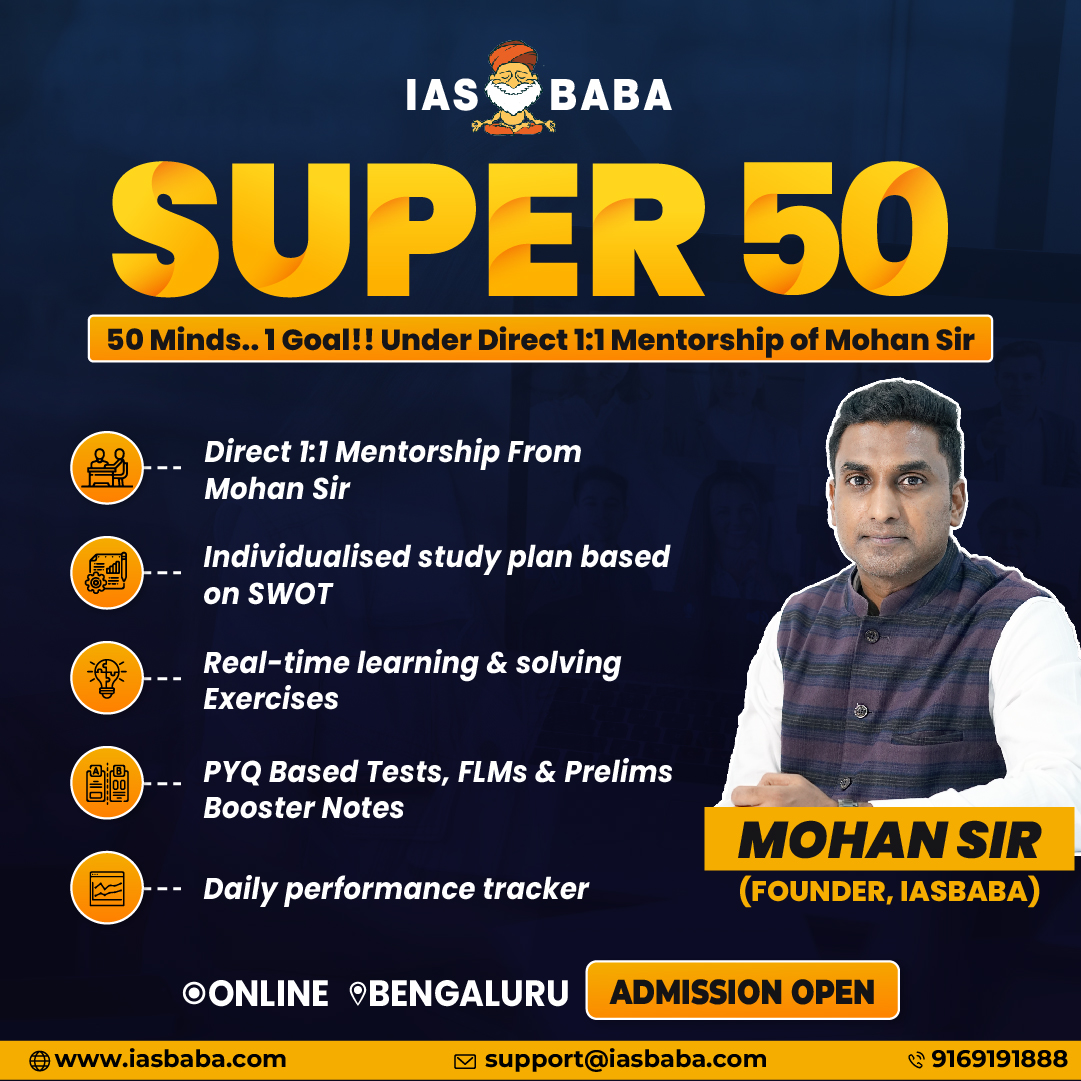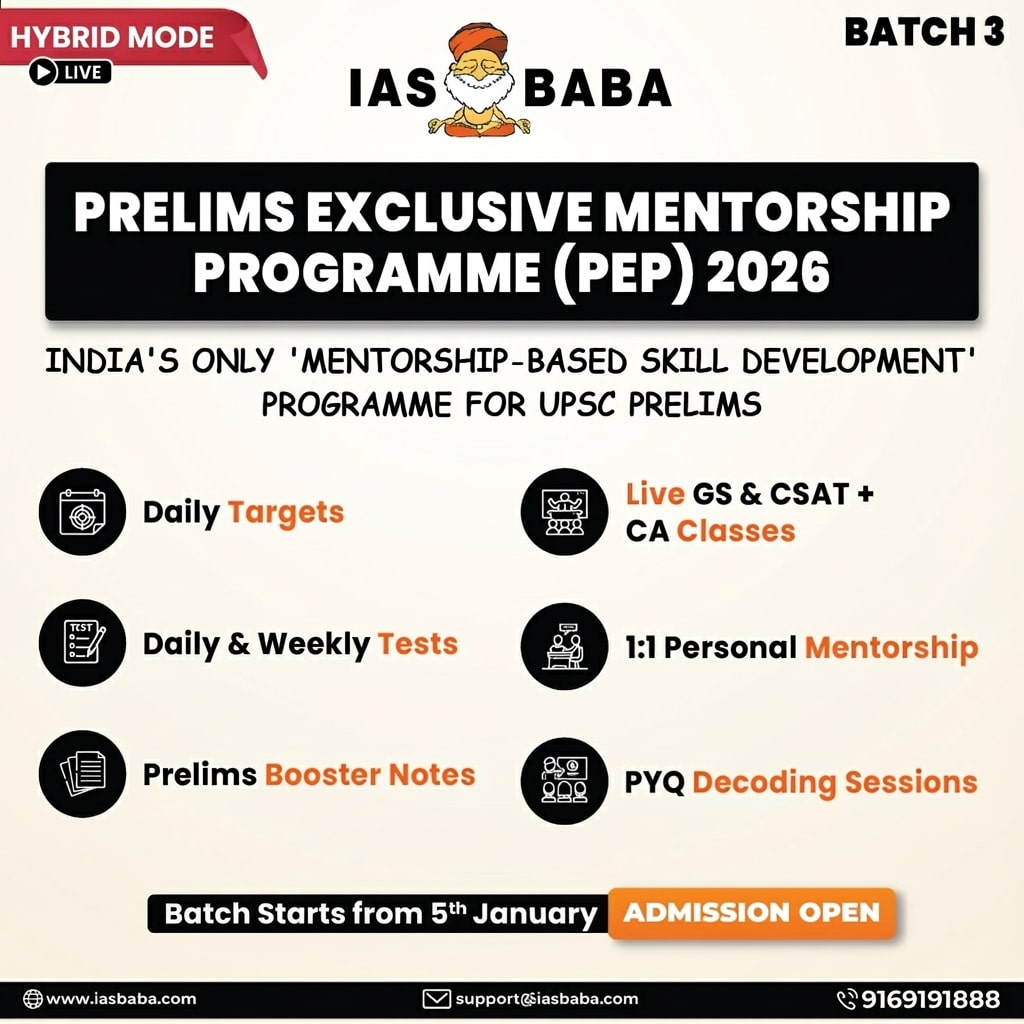Indian Economy, TLP-UPSC Mains Answer Writing
Q. 4. Inclusive growth remains a key concern for India’s development agenda. How can digital inclusion contribute to making growth more broad-based and equitable? Discuss the key challenges to digital inclusion and suggest measures to overcome them. (250 words, 15 marks)
Introduction
According to the OECD, inclusive growth is economic growth that creates opportunities for all and distributes the dividends fairly. In India, digital inclusion is key to bridging gaps and enabling broader, equitable participation in development.
Body
Inclusive Growth Remains a Key Concern in India
- High Income Inequality: The top 10% hold over 57% of national income; the bottom 50% get only 13%. (World Inequality Report, 2022)
- Rural–Urban Disparities: Rural India, home to 65% of the population, lags in infrastructure, investment, and opportunity.
- Low Digital Access: Only 23.8% of households had internet access in 2017–18, with wide gender and regional gaps. (NSSO)
- Jobless Growth: Growth hasn’t translated into proportional employment; youth unemployment remains high. (CMIE)
Digital Inclusion’s Contribution to Inclusive Growth
- Improved Access to Public Services: Digitisation ensures targeted, efficient service delivery and reduces corruption. Example: DBTs through JAM trinity have improved welfare outcomes in rural India.
- Expansion of Education and Skilling: Digital platforms democratise access to quality content, enhancing learning outcomes. Example: Initiatives like DIKSHA and SWAYAM enable remote learning across regions.
- Financial Empowerment and Inclusion: Digital tools bring the unbanked into the formal financial system. Example: UPI and Jan Dhan-Aadhaar-Mobile platforms boost access for vendors and women.
- Market Linkages for Farmers and MSMEs: Tech platforms help producers reach wider markets and get fair prices. Example: eNAM and Agri-stack reduce dependence on middlemen and improve income.
- Job Creation and Entrepreneurship Opportunities: Digital ecosystems open up new livelihood streams and MSME growth. Example: Platforms like ONDC and GeM empower local entrepreneurs and gig workers.
Key Challenges to Digital Inclusion in India
- Rural–Urban Divide: Rural internet penetration is just 37% compared to 69% in urban areas. (TRAI, 2022)
- Affordability: Devices and mobile data remain unaffordable for many low-income users. (Alliance for Affordable Internet)
- Low Digital Literacy: Only 20% of the population can perform basic digital tasks. (NSO, 2021)
- Gender Gap: Women are 23% less likely to own a mobile phone than men. (GSMA, 2022)
- Weak Infrastructure: Many regions still lack reliable internet and last-mile connectivity. (Parliamentary Standing Committee on IT, 2022)
Measures to Overcome Challenges
- Expand Rural Connectivity: Fast-track BharatNet Phase II to cover all Gram Panchayats.
- Make Devices and Data Affordable: Strengthen PM-WANI and USOF to lower access costs, as recommended by the Parliamentary Standing Committee on IT.
- Boost Digital Literacy: Expand and upgrade PMGDISHA with localised content and better tracking, per the NITI Aayog Digital Strategy.
- Bridge Gender Divide: Implement NITI Aayog’s Women Entrepreneurship Platform suggestions for equitable access.
- Foster Public-Private Partnerships: Leverage CSR funds and tech firms for digital skilling and service delivery, supported by the MeitY–NASSCOM Digital Skills Taskforce.
Conclusion
Inclusive growth is vital to meeting SDGs and national goals. Digital inclusion enables access, reduces inequality, and ensures every citizen contributes to and benefits from India’s developmental journey.














